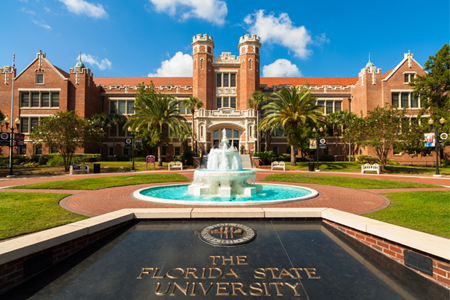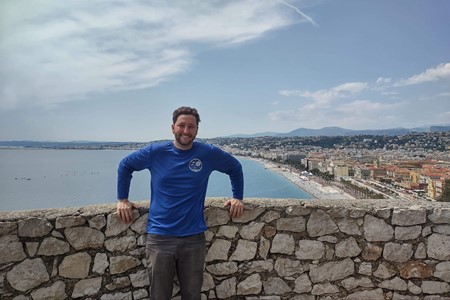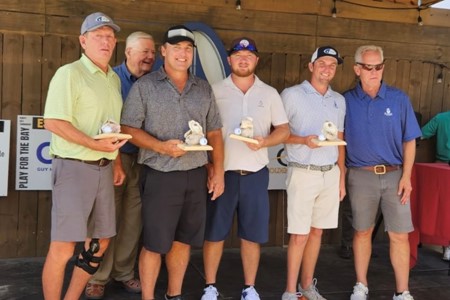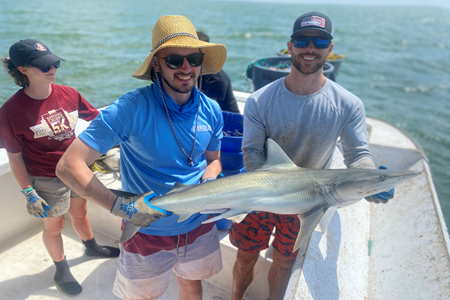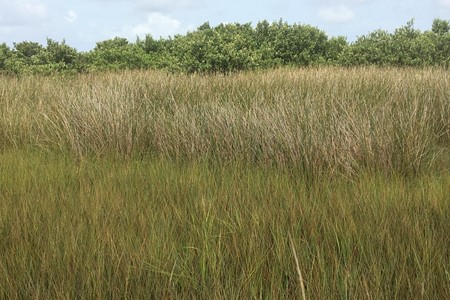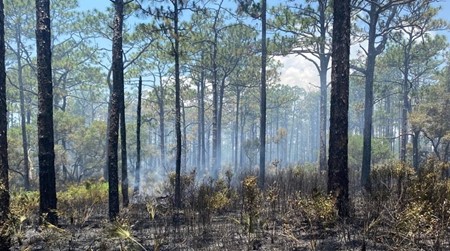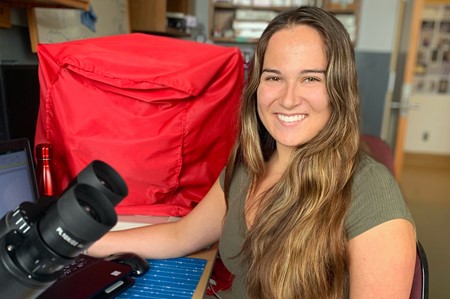On April 6th, FSU held an undergraduate research symposium, where our excellent Undergraduate Research Opportunity Program (UROP) students featured and presented research from across the Marine Lab. They each showed a poster on the work they’ve been conducting this past year with faculty and graduate students. Congrats to everyone on a great job!
Aaron Ridall, Ph.D. student, Publishes Research on the Influence of Wastewater Treatment Plants on Microplastics in Florida
Current graduate student Aaron Ridall, FSU Dept of Biology undergraduate Emily Farrar, former FSU Dept of Biology undergraduate Morgan Dansby, and FSUCML faculty member Dr. Jeroen Ingels, recently published their work on the influence of wastewater treatment plants and water input sources on size, shape, and polymer distributions of microplastics in St. Andrew Bay, Florida, USA.


